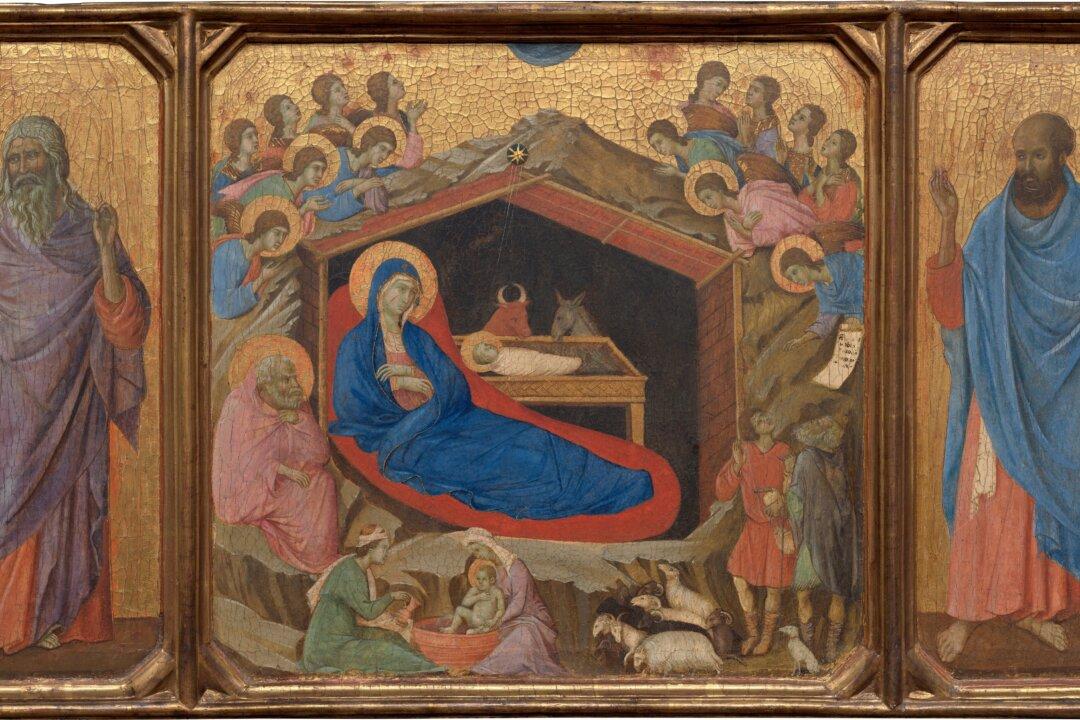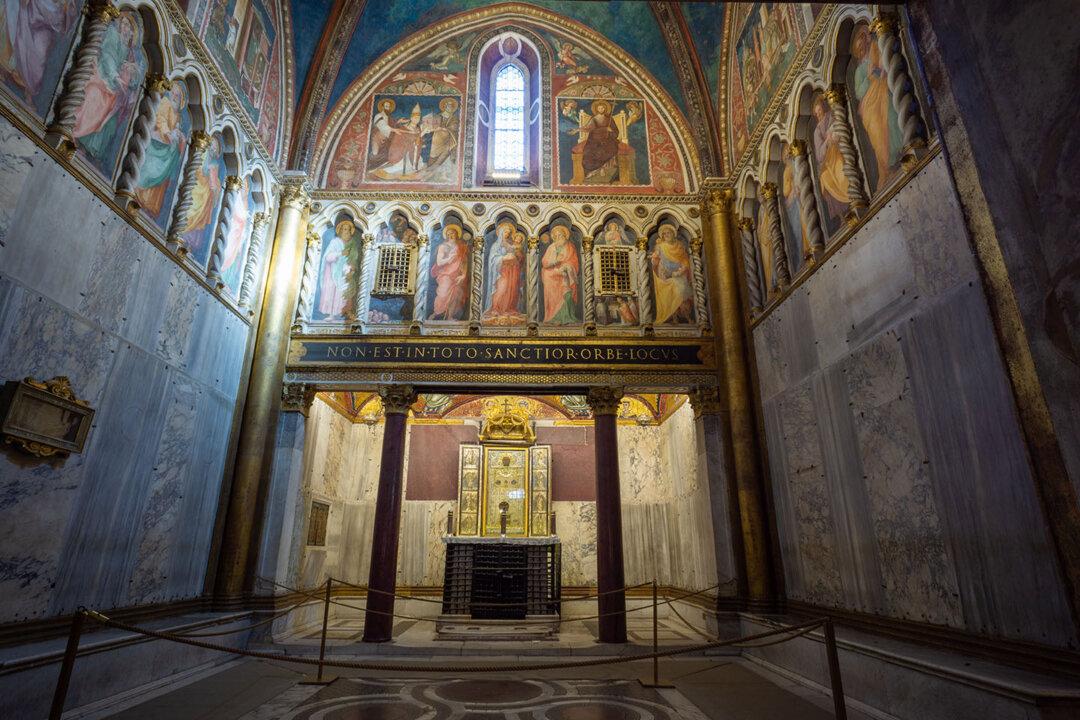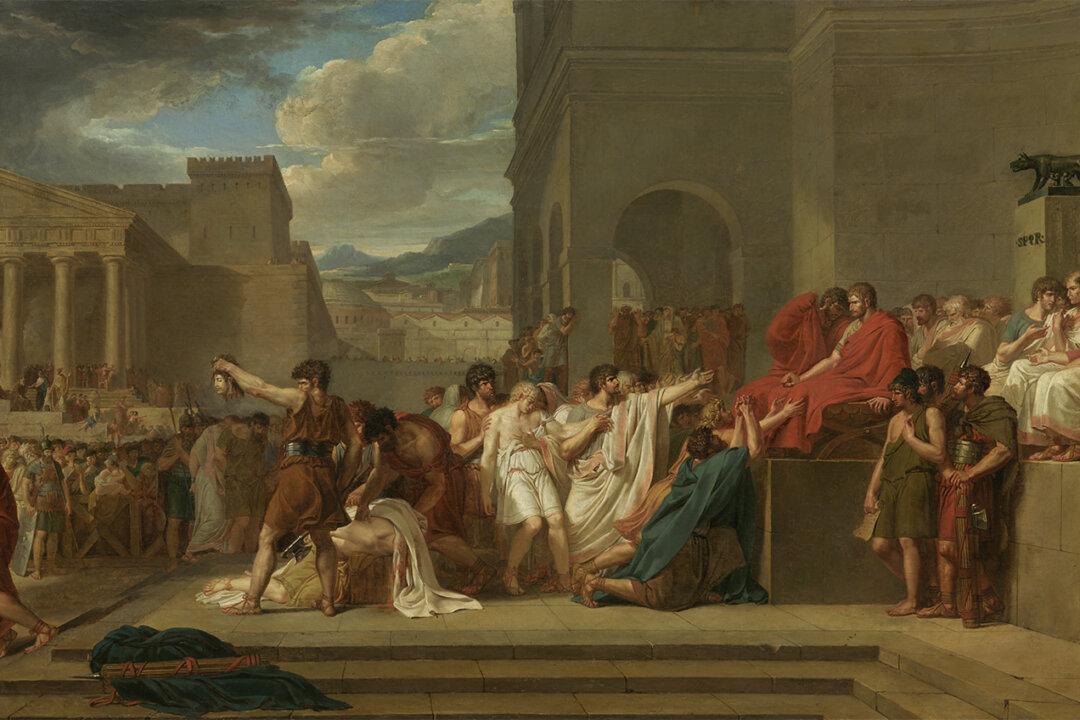There seems to be something quite universal about the image of a mother and child. For over 3,000 years, from ancient Egypt to Europe and beyond, artists from every culture have shown mothers carrying, protecting, and nourishing their children in a variety of contexts.
Though rendered each according to its own cultural standard, these works of art nevertheless convey the shared human experience of maternal nurture and love, which provides the bond that gives us life and, for all of history, has ensured the continuity of our world and its cultures.





